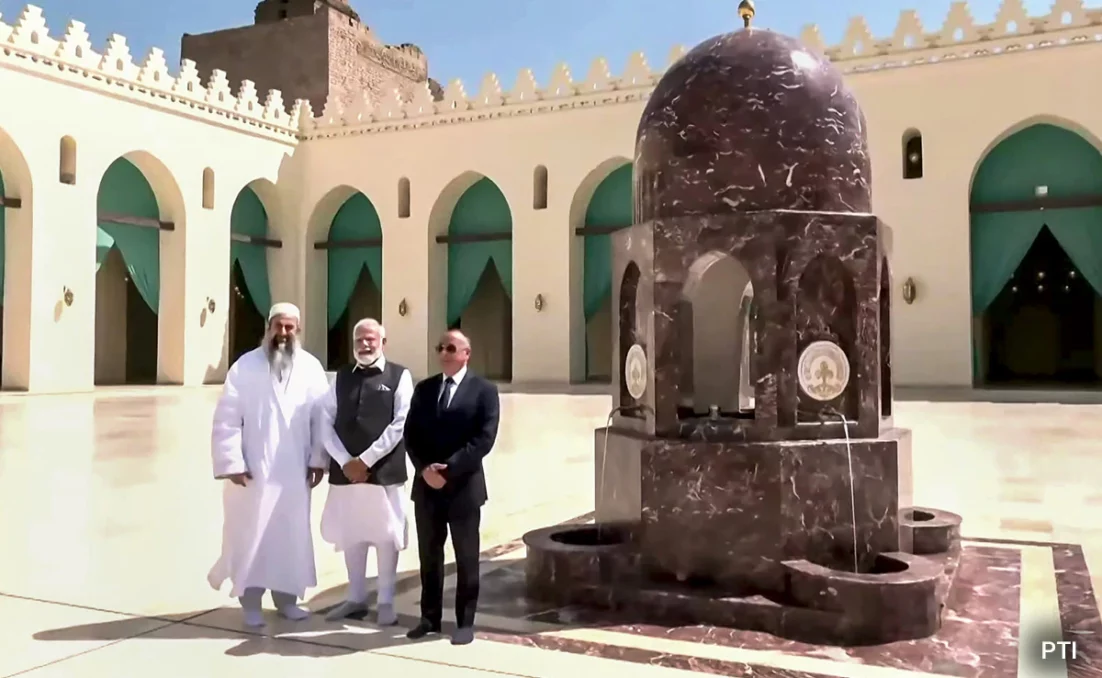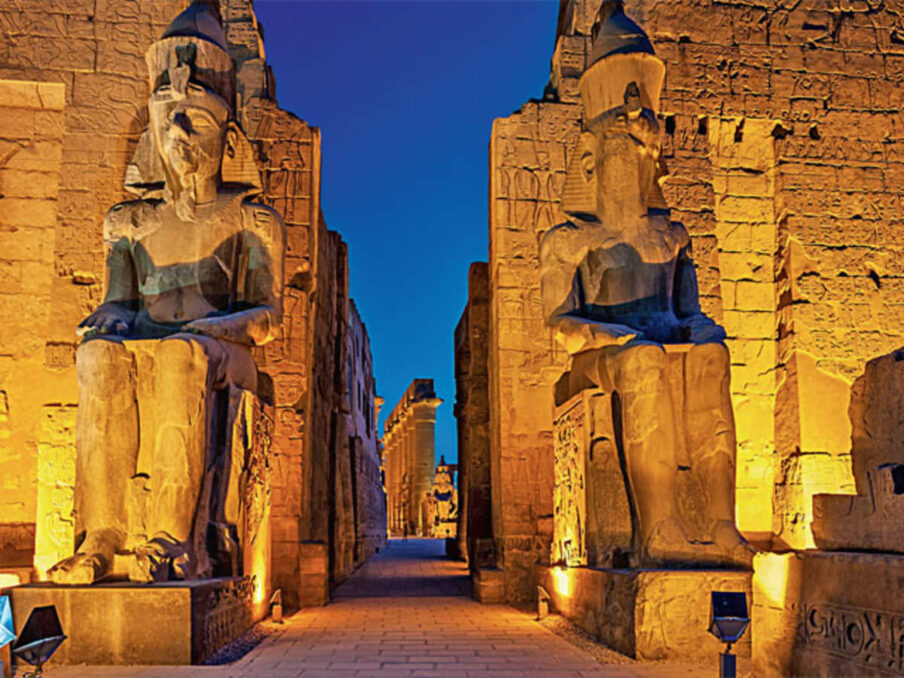In his recent visit to Egypt, PM Modi signed an agreement to elevate India’s relationship with Egypt to a ‘Strategic Partnership’. Three Memorandums of Understanding were also inked in the areas of competition law, archaeology and antiquities, and agriculture. They’re planning on increasing bilateral trade to 12 billion dollars annually within five years.
History:
The story started long ago, during the Cold War when most nations aligned themselves with either side. A few nations chose to take the road less travelled and advocated for a non-aligned policy that upheld their sovereignty and independence. India and Egypt were among the few who demonstrated how to exist in a bipolar world without succumbing to the pressure to join with either of the superpowers.
Since then both the countries have worked closely together for various multilateral bodies such as the United Nations and the Organization of Islamic Cooperation. India also extended its support during critical events such as the Suez Crisis in 1956 and the Six-Day War in 1967.

After President Hosni Mubarak visits the two countries in 2008, it was anticipated that the two countries’ bilateral relations would reach new heights. However, this was interrupted by the Arab Spring uprising in 2011 which was the cause of significant political instability in Egypt.
It was only after 2014, significant progress was recorded as the current leaders, President Abdel Fattah el-Sisi of Egypt and Prime Minister Narendra Modi of India started making concerted efforts to elevate their relationship to the next level.
Egypt is an important ally of India because of its advantageous position. By linking the Mediterranean Sea and the Red Sea via the Suez Canal, the global markets of Europe and America have become accessible. India, which aims to increase its exports to these areas, can benefit from Egypt’s function as a hub and a bridge. To combat piracy, smuggling, and other maritime dangers, India and Egypt have jointly worked to ensure maritime safety via trading important information and organizing joint naval exercises. these collaborations have improved the security and stability of the region.
More About the Visit:
People welcomed Modi enthusiastically at the Ritz Carlton Hotel with chants of ‘Vande Mataram’. On this tour, he was conferred with the ‘Order of the Nile’ (a pure gold collar with three square gold units inscribed with Pharaonic symbols) at the Presidential Palace in Cairo. Instituted in 1915, it is Egypt’s highest honour which is awarded to heads of state and crown princes who offer the country or humanity invaluable services. He paid respects to the gallant Indian troops who died here during the First World War on his visit to the Heliopolis Commonwealth War Cemetery in Cairo.
Enriching cultural sentiments, he also happened to visit the historic 11th-century Al-Hakim Mosque which was restored with the help of India’s Dawoodi Bohra community. He paid a visit to one of the seven ancient wonders of the world, the Giza Pyramid located on the outskirts of the capital.

The two heads discussed ways to further strengthen the strategic partnership between the countries and improve trade and investments, energy ties, and people-to-people connections. He also interacted with the Grand Mufti of the nation, Shawky Ibrahim Abdel-Karim Allam, and canvassed on issues like promoting social harmony and countering extremism and radicalization.
Future Prospects:
Prospects between India and Egypt hold a lot of potential. According to recent reports, negotiations are taking on to provide the nation with India’s cutting-edge Tejas fighter aircraft. Furthermore, they plan to delve into a significant proposition put forth – an exclusive slot reserved for India within the prestigious Suez Canal Economic Zone. This holds an immense opportunity to advance their economic ties and strengthen India’s foothold in this region. Industries like green hydrogen and tourism have opportunities for rapid expansion and mutually advantageous growth.

Despite all of this, it is no secret that Egypt is experiencing a high inflation rate of over 30% and a sharp depreciation of its currency value. On top of that, it owes more than 163 billion dollars in foreign debt. These conditions pose serious threats to India’s attempt to strengthen its relationship.
With shifting geopolitical dynamics and China’s growing presence, India needs to foster its engagement with countries like Egypt. The two states share similar values and their common goal of independent foreign policies in a multipolar world remains a unique aspect of their historical narrative.













